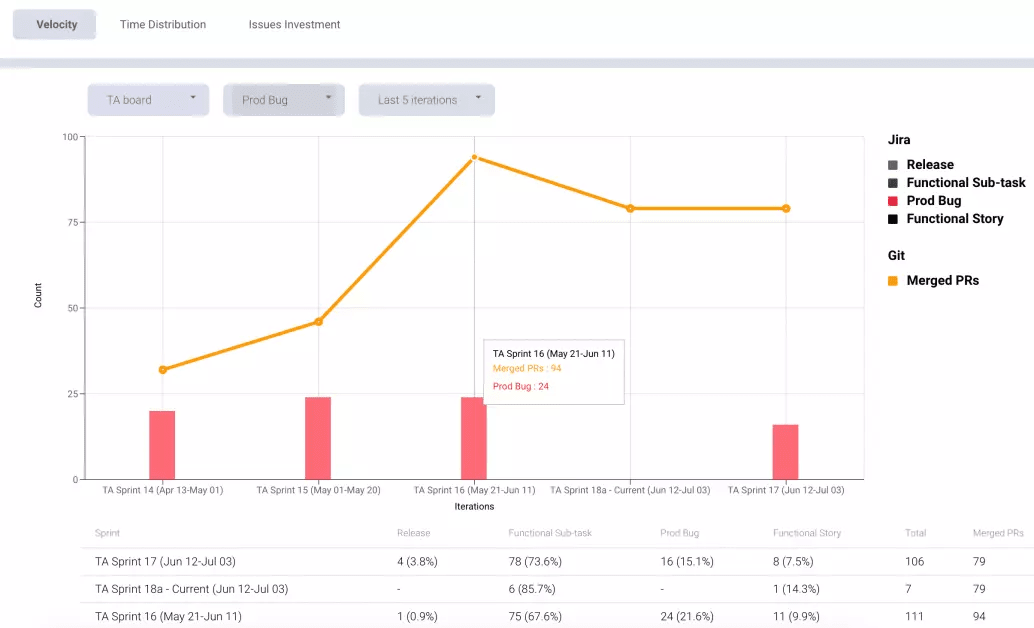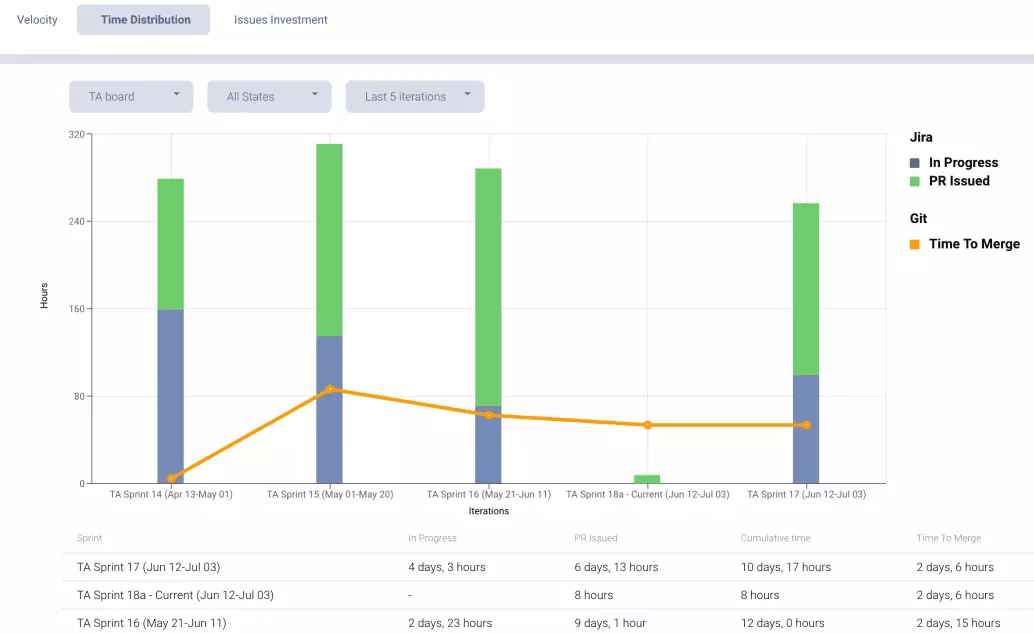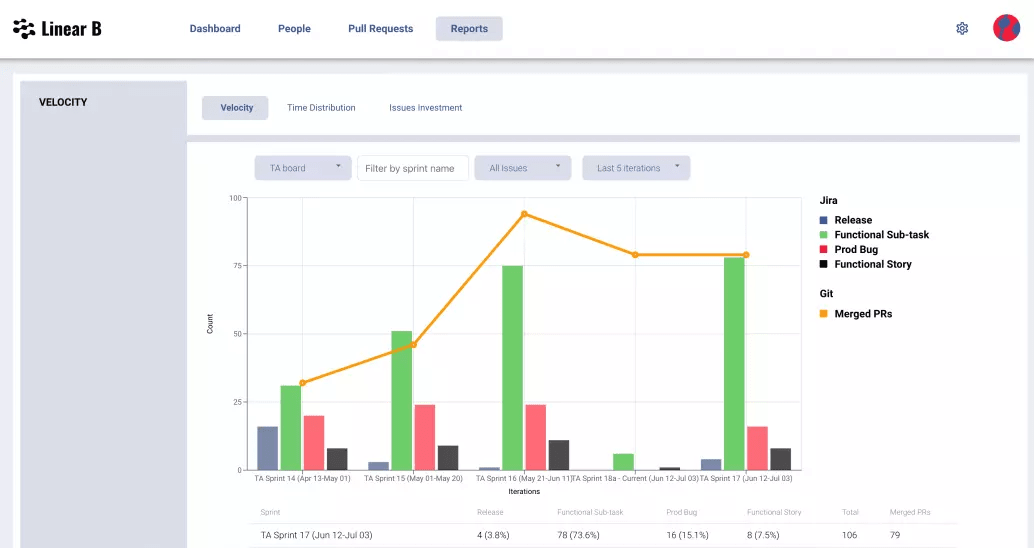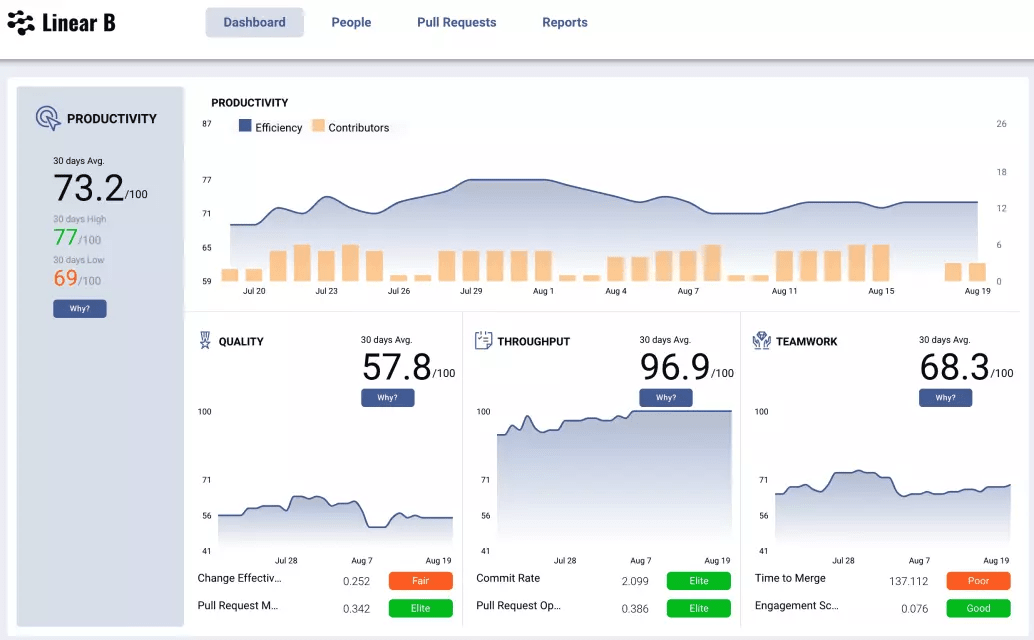Tips and tricks to increase your velocity!
VPs of Engineering often ask me how to increase their velocity. When I was a VP of Engineering, this was my eternal quest; to deliver more value at a high rate of speed. Our executive team was always looking for more, and my team was working all out, while I simultaneously was trying to scale the team effectively.
The core of the issue is really around how to predictably deliver more customer value into production. Here are five places to start.
1. Reduce Issues Found in Production
This is the first thing that should be examined. It is the classic iteration destroyer, the sprint disrupter, and the velocity killer. Issues found in prod cause iteration churn, context switching, demand time across your ecosystem (ex: support, success, sales, product), while decreasing team motivation. Not to mention the customer impact.
The good news is that if you are having unexpected issues found in prod, then you also have a great opportunity to increase your value delivery.
Tips and Tricks:
- Track and visualize your defect escape rate per week per team.
- Create a “prod bug” Jira issue type specifically for production issues.
- Emphasize time dedication to address the root cause and avoid repeat cases.
Side Note: Sometimes you have to slow down to go faster. Just ask Chuck Norris.
 Track production bugs over iterations in linear b
Track production bugs over iterations in linear b
2. Spend time on “the Why” – Automate the “Not Why”
Increasing velocity translates to increasing the amount of new value delivered to customers. Providing new value to customers takes human brainpower, it is complex. This is the place to spend “manual” time.
Tips and Tricks:
- Have a gameplan to ensure the story purpose is understood by your engineers.
- Enable your engineering team to interact with your customer design partners.
- Direct your manual testing effort to validate the value and customer experience.
On the flip side, automate everything that is not related to “the why”. There are a million articles covering automation, but here are some obvious tips:
Tips and Tricks:
- Focus on test automation, know your coverage and completion speed.
- Focus on release automation, know your time to release.
- Focus on environment creation automation.
 Automate everything not related to your “why”
Automate everything not related to your “why”
3. Remove Bottlenecks in Your Delivery Pipeline
Your delivery pipeline includes everything that happens between “we have a story/ticket ready to be worked on” and the delivery of that story/ticket into your customers’ hands. You need to measure the key stages that happen in between these two events in order to detect and remove the bottleneck.
Having visibility into the efficiency of your delivery pipeline will allow you to unleash a velocity increase and deliver more value to your customers.
Tips and Tricks:
- Know your time to value, the average amount of time from story ready to release.
- Know your time to merge, the average amount of time from PR open to PR merge.
- Know your time to release, the average amount of time from PR merge to release.
 Unite git and project insights to discover bottlenecks
Unite git and project insights to discover bottlenecks
4. Define, Track, and Publish Your Most Important KPIs
The KPIs that you track and display over time will see natural improvement. Establishing a set of delivery KPIs will allow you to see where you are, decide where to invest time, and track improvement. The key is knowing which KPIs are most important for increasing your team’s velocity.
Tips and Tricks:
- Define your critical delivery KPIs and communicate them up and down the ladder. Dive in and iterate to fit your team needs.
- Set a time to review these metrics weekly with your team leads.
- Focus on prod issues, delivery pipeline, iteration metrics, and team-focused metrics.
- Do not measure manually, there are excellent platforms available.
5. Balance your Functional and Non-Functional Investment
You are likely receiving a push from your CEO, VP of Sales, and Product leader to deliver more features to customers at a more predictable cadence. Their intention is good, but can lead to bigger issues for customers and support if not balanced with non-functional investment to ensure availability, scalability, and stability. Staying balanced in your investment profile is the path to long term success.
The right amount of non-functional investment will increase your ability to deliver more functional (customer) value over time. It will also make your teams happy and create a virtuous cycle.
Tips and Tricks:
- Understand your investment profile from iteration to iteration, team by team.
- Show your executive team with data what your investment profile actually looks like.
- Track and ensure your “Delivery KPIs” remain healthy as your organization scales.

All of these components are crucial areas to focus on when increasing your team’s velocity. Ultimately, the path to being an elite engineering leader starts with data-driven visibility into your organization and acting against the critical metrics that drive value delivery.
Ready to accelerate your velocity and deliver more? Start your trial now!





